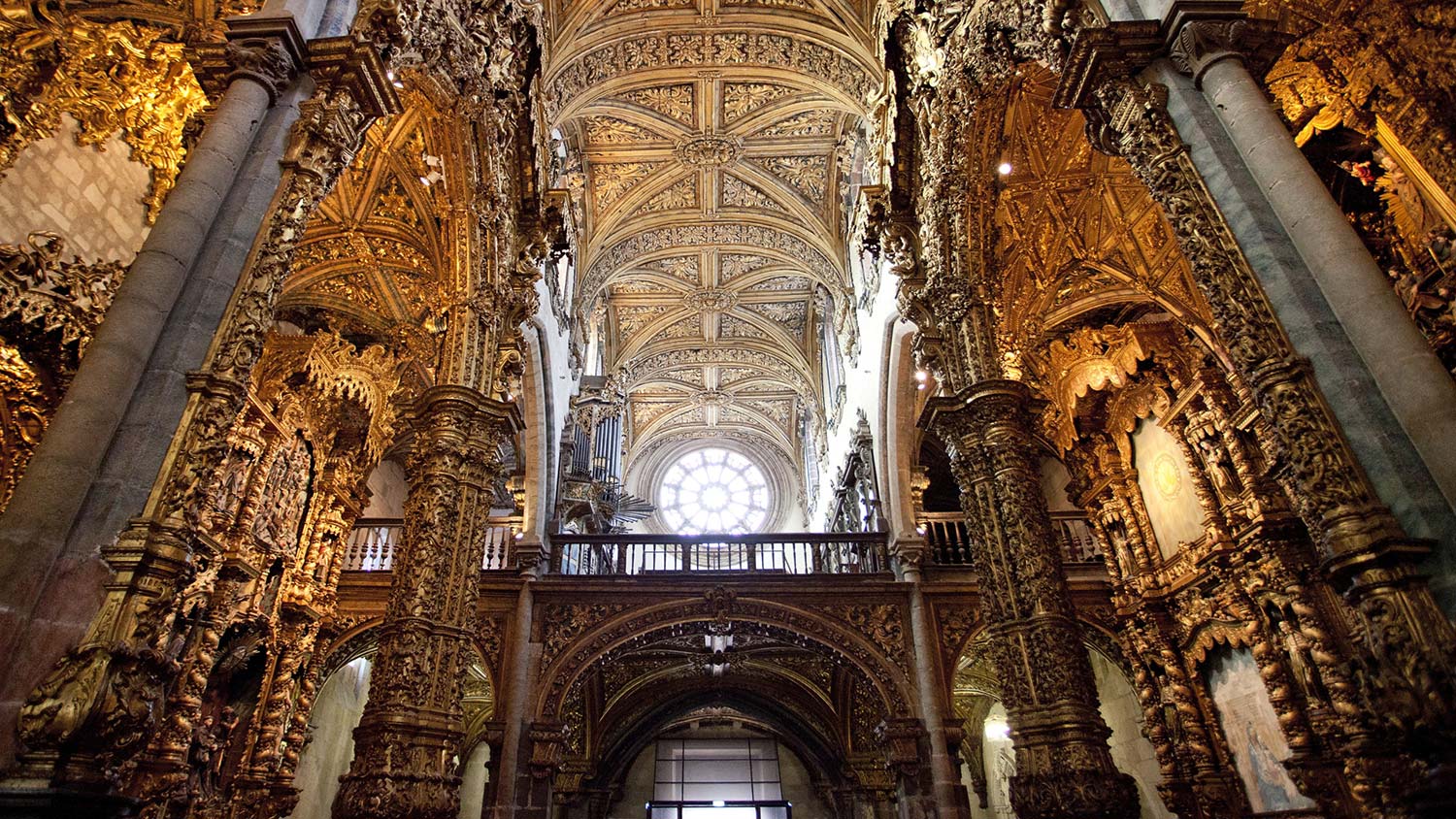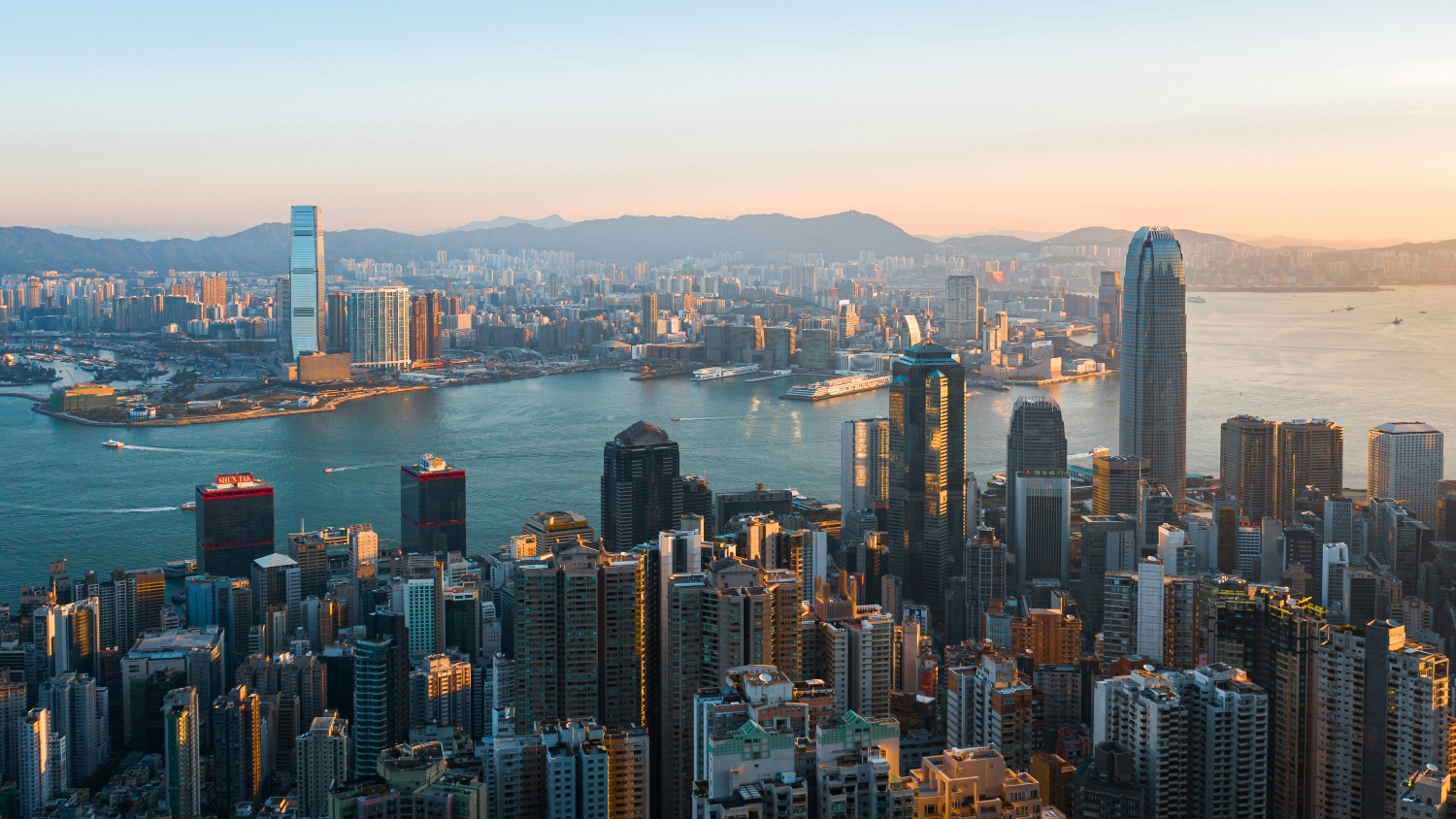Portugal may call Lisbon its capital, but it is its second largest city, Porto, that gave it its name (and port wine).
Ask a local and they’ll tell you the city actually has two names. Historically, it is called Portus Cale, which evolved over the years to the more familiar name of the country Portugal. Today, the main town is called Porto while Cale refers to the settlement across the river also known as Villa Nova de Gaia, or the new town of Gaia.
Porto’s origins date back to around 300 BC, when it was a small Celtic settlement. It later became an important Roman outpost known as Portus Cale, crucial for trade due to its location along the Douro River. Fun fact: J.K. Rowling, who lived in Porto for several years, is rumoured to have been inspired by the Livraria Lello bookstore here for elements of the Harry Potter series, such as the moving staircases in Hogwarts. Rowling herself has hinted at this influence, but it remains more of a local legend.
Whether you’re here for port wine, a Francesinha sandwich, or a cruise down the Douro River, here’s what not to miss on a weekend escape to the City of Bridges and the birthplace of port wines.

Day 1: Exploring Historic Porto
Morning:
Start your day by climbing the 240 steps to the top of the Clerigos Tower and Church, a baroque bell tower which top offers panoramic views of Porto It’s a great way to get your bearings of the town and have a visual reference to which side of the river you are on.
Take a stroll down to the São Bento Train Station and marvel at the intricacies of its famed blue-and-white azulejo tiles that depict Portugal’s history.
Potterheads will want to stop by Livraria Lello, the stunning bookstore, known for its ornate interior and stained-glass ceiling, that is often linked to J.K. Rowling.
Then walk across the Dom Luis I Bridge, one of Porto’s six double-deck iron bridges offering beautiful views of Porto. These six bridges connect Porto to Vila Nova de Gaia and range from the iconic Dom Luís I Bridge to the modern Arrábida Bridge, which once held the world record for the largest concrete span. The Dona Maris Bridge, a railway bridge over the Douro River in Porto, was built by architect Gustav Eiffel, who went on to build the Eiffel Tower in Paris. His lesser-known work in Porto helped establish his reputation as a master engineer before the Eiffel Tower was built.
Afternoon:
Head down to the Ribeira District, a lively riverside quarter filled with colourful buildings, cobblestone streets, and charming cafés. Enjoy lunch at a traditional restaurant like Ribeira Square, which offers great views of the river. A local favourite is the Francesinha sandwich, often called one of the world’s best sandwiches. With a name that literally means “Little French”, it is a decadent sandwich inspired by the French croque monsieur but adapted to local tastes with layers of meat, melted cheese, and a rich beer-based sauced.
After lunch is the perfect time for a digestifs, and in Portugal, it has to be port wine. Cross the river to visit any one of Porto’s famous port wine cellars – Graham’s, Sandeman, or Cálem all offer tasting experiences of a variety of ports, from ruby to tawny. While the famous port wine is named after Porto, the vineyards that produce the grapes are actually located in the Douro Valley, about 100 km inland. The wine is then aged in cellars in Vila Nova de Gaia.
Alternatively, take a guided tour to Palácio da Bolsa, the Stock Exchange Palace, that will wow with its opulent rooms, intricate Arabian Hall, a standout example of Moorish-inspired architecture.

Evening:
Catch the sunset at Jardim do Morro. This park offers one of the best sunset spots in Porto, overlooking the city and the river.
Return to the Ribeira District for sunset drinks and dinner. A personal favourite recommendation is to find your way up the winding staircases to Porto River Aparthotel and, if you’re lucky, you’ll land a table at the restaurant and winebar on its terrace where you can nibble and tipple while watching the boats cruise down through all six bridges.

Day 2: Immerse in Culture and Hidden Gems
Morning:
Eat as the locals do at the Bolhão Market, a traditional market brimming with local flavours, from fresh produce to regional specialties like cheese, seafood, and pastries. It’s the perfect spot for a glimpse of daily life in Porto.
After that, go for a digestive walk at Avenida dos Aliados and Liberty Square, Porto’s grandest avenue, flanked by beautiful architecture, including the Town Hall. Nearby, you’ll find Liberty Square, the heart of the city.
Miss not the Church of São Francisco, known for its stunning Baroque interior. Entirely covered in gilded woodwork, it’s a must-see for lovers of elaborate art. Another hidden gem is the Rua das Flores, a vibrant narrow street filled with boutique shops, cafés, and street art. It’s a great place to soak in Porto’s bohemian vibe.

Afternoon:
Enjoy lunch at Cantinho do Avillez, owned by the famous Portuguese chef José Avillez. A meal here offers sophisticated interpretations of classic Portuguese dishes in a relaxed environment.
After lunch, take a scenic tram ride to Porto’s coastal area, the Foz do Douro, where the Douro River meets the Atlantic Ocean. Enjoy a stroll along the seaside promenade or relax at Praia da Luz, a beautiful beach. This area is quieter and offers a peaceful contrast to the bustling city center.
If you’re a modern art lover, the Serralves Museum and Park is a must-visit. Even if art isn’t your main interest, the surrounding park is a tranquil oasis with beautiful gardens and sculptures.

Evening:
Return to the Ribeira District for dinner at Casa de Pasto da Palmeira, a small, cosy restaurant offering great tapas and more riverside views. Soak in that sunset that tinges a big part of Porto with a rich golden glow that warms you to your bones.
End your day and weekend with a live Fado performance. Many restaurants and bars in Porto’s old town, like Casa da Mariquinhas, offer intimate performances of Portugal’s soulful traditional music. Be prepared to be moved potentially to tears because we were told that the main difference between Spanish Flamenco and Portuguese Fado is that, “In Flamenco, if you leave me, I will kill you. In Fado, if you leave me, I’ll die.”
Featured image by Armando Oliveira











